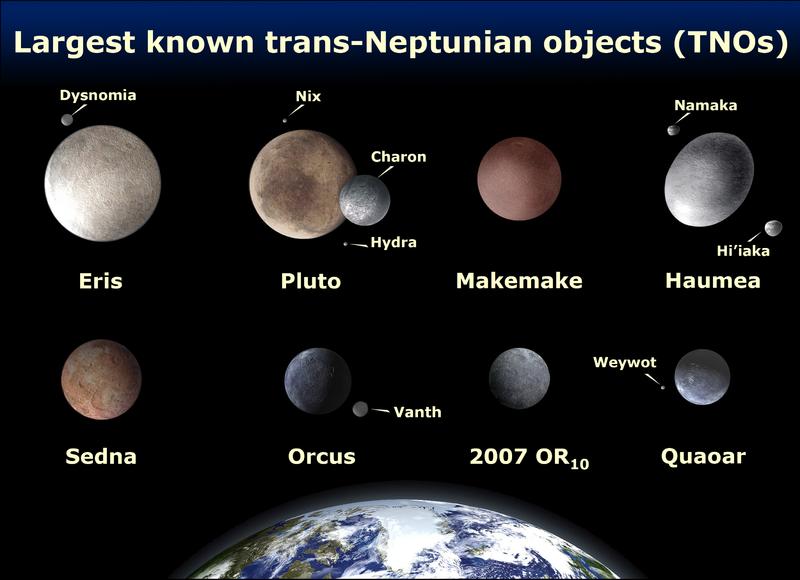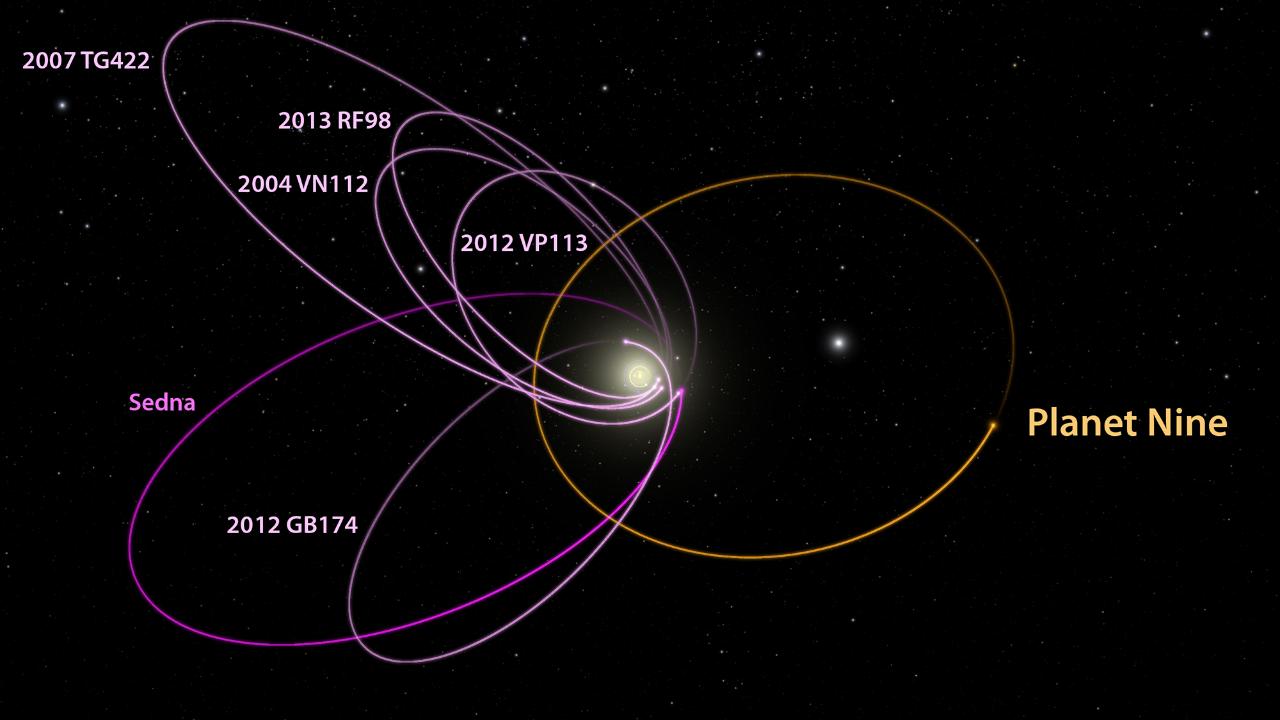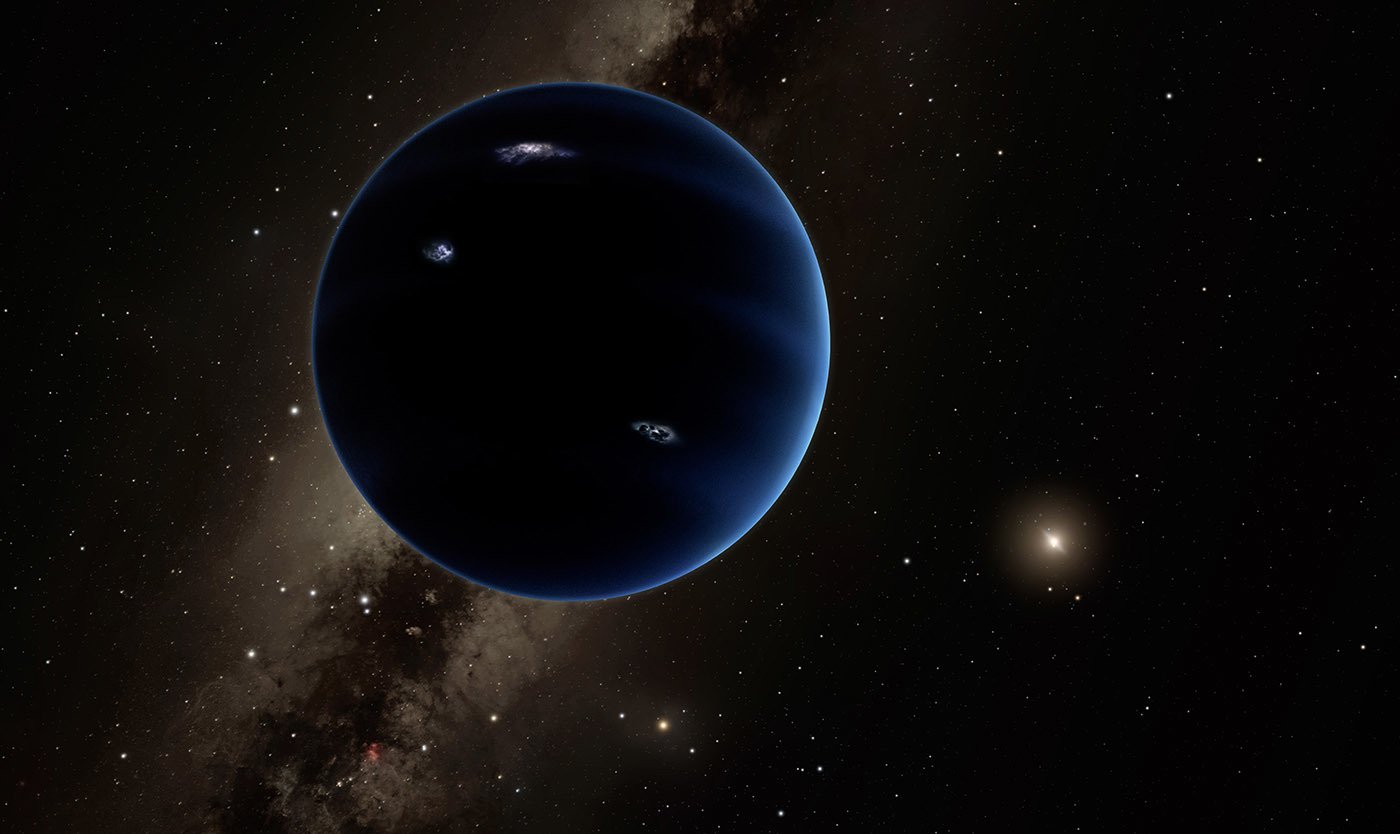In recent years, astronomers around the world have been investigating the possibility of a ninth planet in our Solar System. Popularly known as Planet Nine (and also Planet X), this hypothetical celestial body aroused the interest of the scientific community and the enthusiasm of astronomy lovers.
Since the discovery of Pluto in 1930, The configuration of our Solar System has been expanded to include other celestial bodies Beyond Neptune’s orbit, trans-Neptune objects – known as TNOs. objects beyond neptune.
Containing numerous frozen space rocks and several dwarf planets, some of these objects appear to exhibit an unusual orbital alignment and tilt that differs from those predicted by leading theoretical models. These small irregularities in some of their orbital motion patterns precipitated the hypothesis that another still undetected object would gravitationally disturb them.
One of the first observational clues of this kind came in 2014 when astronomer Scott Sheppard and his team observed a TNO known as Sedna. Sedna’s eccentric and isolated orbit suggested that something of significant mass even further away could influence its motion.
Since then, other TNOs with similar properties with similar irregularities have been discovered, reinforcing the idea of a ninth planet.

Two years later, in 2016, the most convincing evidence for the existence of Planet Nine emerged. Analysis of six very distant trans-Neptune objects by astronomer Konstantin Batygin and astrophysicist Mike Brown suggests the only plausible explanation for their strange orbits. Existence of a planet about 10 times the size of EarthIt is located at an average distance of 600 astronomical units from the Sun – about 90 billion kilometers from the Sun.
Leading theoretical models suggest that Planet Nine, if any, has a highly elliptical orbit and takes about 15,000 years to completely circle the Sun. If these estimates are correct, its direct determination is extremely complex, given its remoteness and possible size. To get an idea of this challenge, imagine finding an ant with the naked eye at a distance of 1000 kilometers.

However, some existing telescopes and new observatories scheduled for launch in the near future are ready to face the challenge of searching for the so-called Planet Nine. Ground-based observatories equipped with advanced technologies, such as the Subaru telescope in Hawaii and the Vera C. Rubin telescope under construction in Chile, plan to conduct detailed surveys of the far reaches of the Solar System. night sky in search of more anomalies that could signal the presence of the ninth planet.
In addition, planned space missions such as the Nancy Grace Roman Space Telescope, which will feature a powerful infrared observing system, promise to provide a more comprehensive and detailed view of the farthest reaches of the Solar System, which will certainly increase its chances. to detect it

The existence of a ninth planet in the Solar System will have significant implications for our knowledge of the formation and evolution of planetary systems. Its possible discovery could provide unprecedented insights into the history of our own star system and the mechanisms leading to the formation of planets in general, including Earth itself. Especially, Planet Nine can also help to better understand the origin of trans-Neptune objects. and how different gravitational effects shape the structure of the Solar System.
That is the primitive nature of science, even if until now Planet Nine has been nothing more than a hypothesis: the constant pursuit of knowledge about reality and the reformulation of theories in the light of new discoveries.
As the quest to unravel the secrets of the Cosmos continues, our imaginations will continue to burn as we explore the vastness and complexity of space.
Source: Tec Mundo
I’m Blaine Morgan, an experienced journalist and writer with over 8 years of experience in the tech industry. My expertise lies in writing about technology news and trends, covering everything from cutting-edge gadgets to emerging software developments. I’ve written for several leading publications including Gadget Onus where I am an author.













